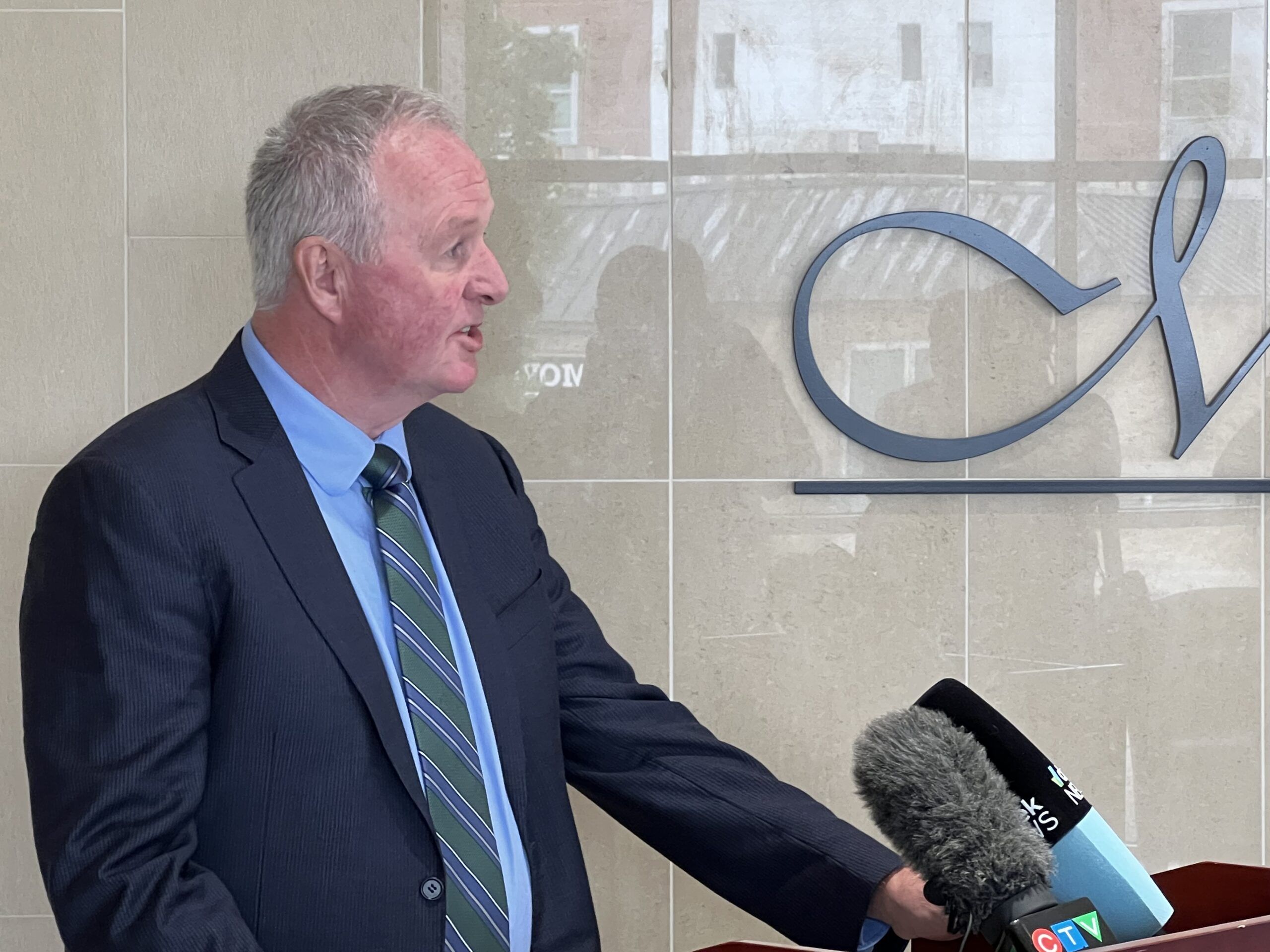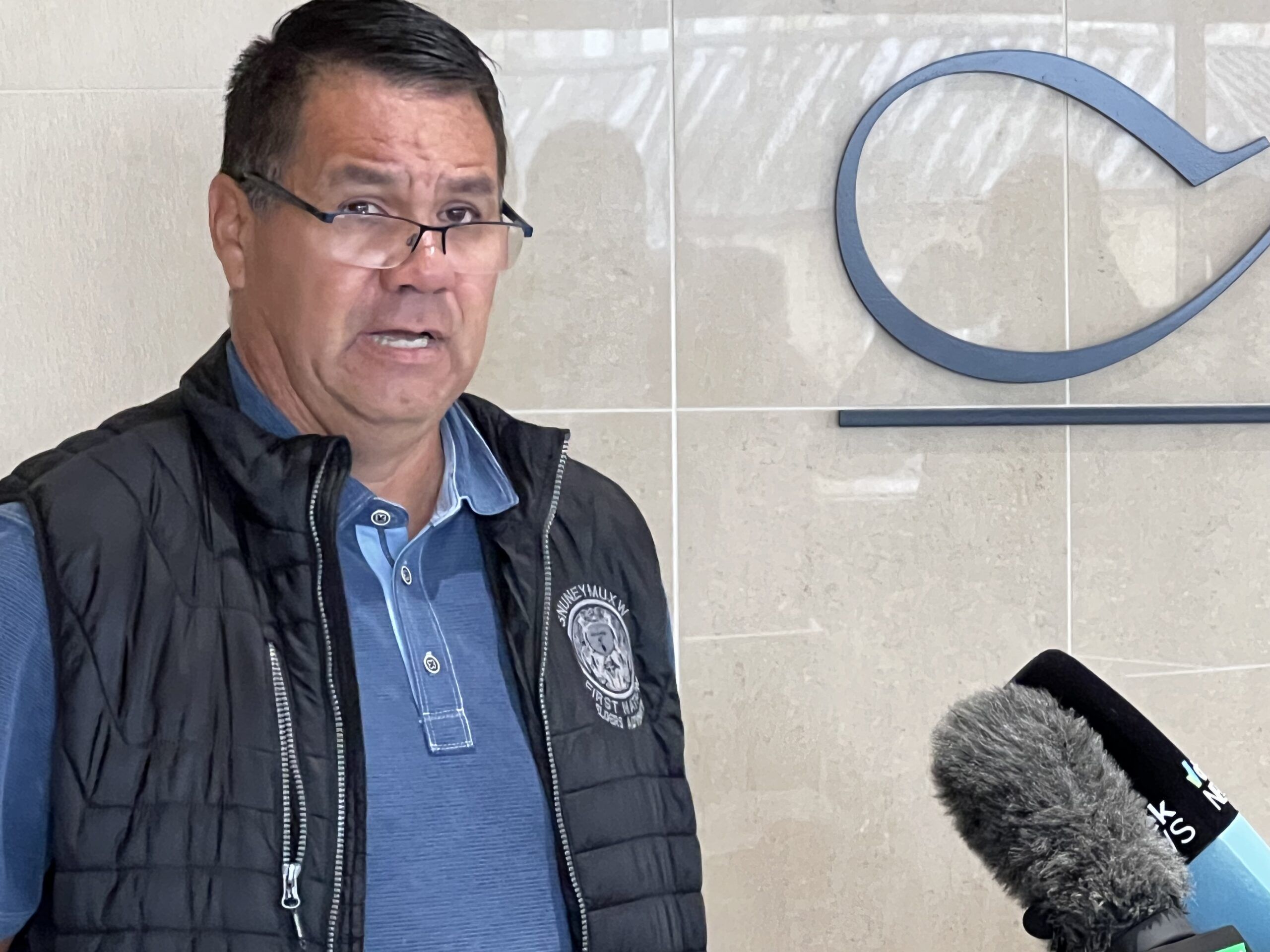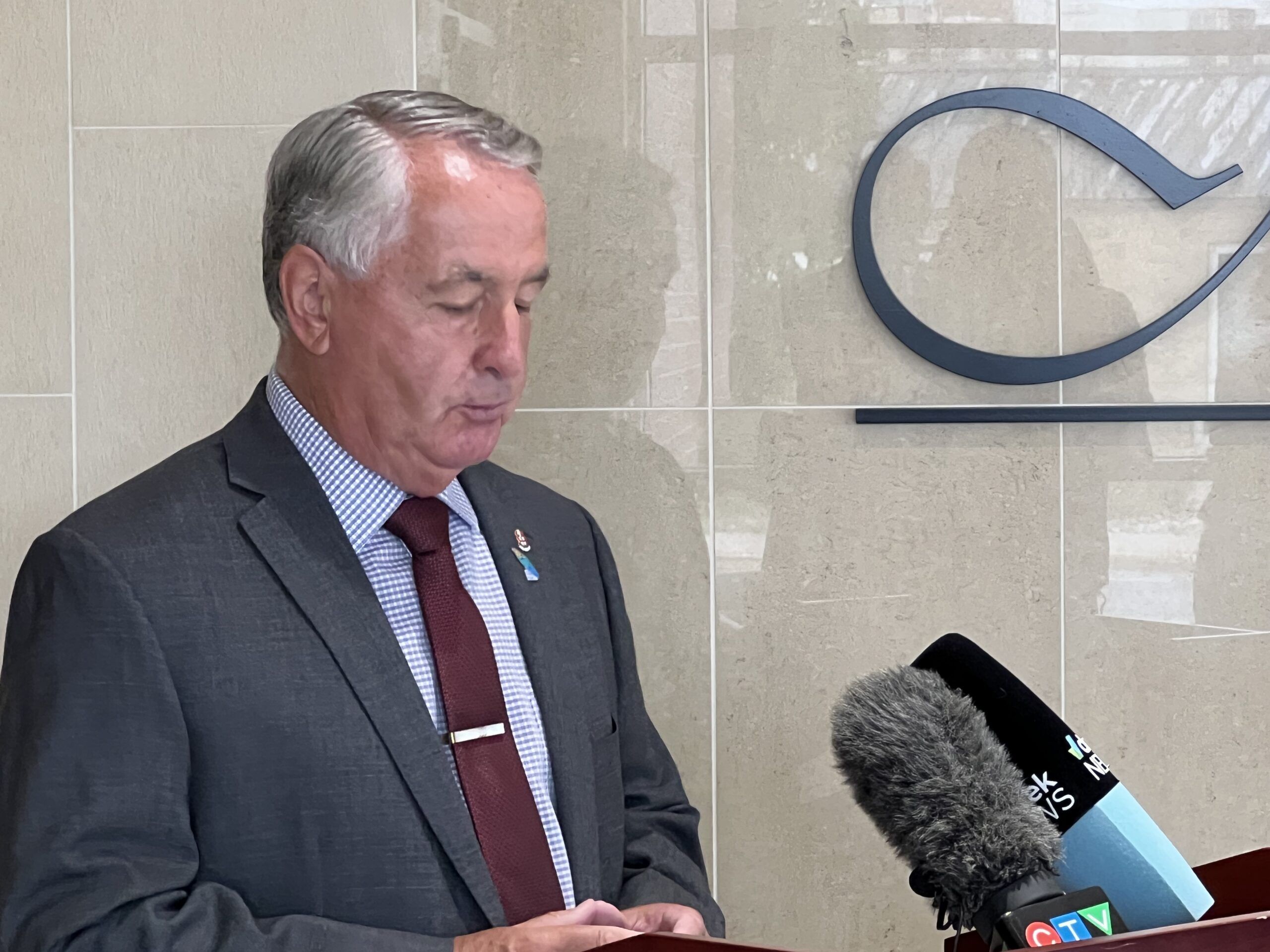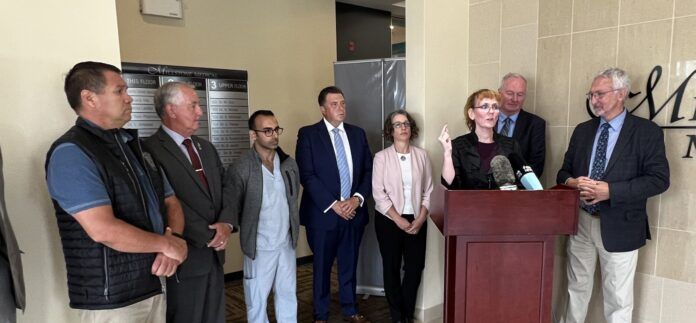Central Island community and medical leaders gathered in Nanaimo to rally the provincial government to increase the degree of cardiac care north of the Malahat.
A panel of speakers addressed the issues today by saying central and northern island residents are seeing an increase of 9.4 percent in the region, which is twice the national rate of 5.2 percent with the RDN expected to have the highest growth in people over 55 in Canada.
NRGH president of medical staff at Nanaimo Regional General Hospital, Dr. David Coupland says altering the province to the need for cardiac care across the region is pivotal with a growing, and aging population meaning cardiac risks are higher than in the South Island.

“Access to a Cath-lab is a standard of care for heart attacks,” he says. “For a big heart attack access and opening of the blocked arteries needs to occur within 90 minutes. This rarely happens for patients in central and north island.
He says with the largest population at risk for heart emergencies and without access to facilities it has resulted in patients not receiving appropriate care which is leading to an increased number of deaths.
“The lack of cardiac services leads to undue harm to our patients,” he says. “Leading to higher morbidly, mortality, poorer quality of life which has resulted in two standards of care with this region below standard.”
According to NRGH, the hospital serves a population which is approaching 450,000 in the Central and North Islands and is the largest community in Canada with 30 percent of residents over 65 compared to 21 percent in BC overall.
According to a media release 80 percent of Vancouver Island’s central and north region is comprised of Indigenous adults and cardiovascular disease affects 7.1 percent of that population, compared to 5 percent of non-Indigenous Canadians.
Snuneymuxw Chief Mike Wise says he understands personally how critical access to care is for everyone living north of the Malahat and providing this service at NRGH would take a lot of stress, and burden, off of families.

“A central island cath-lab is a necessity, “he says. “It is about ensuring our community members receive the prompt care they need when faced with cardiac emergencies.
“We can’t afford to delay this any longer considering how many lives are at stake, and it is our responsibility to advocate for a central island facility.”
NRGH board chair Ian Thorpe says he agrees a facility is needed urgently and the district has already made plans to contribute 40 percent of the cost towards building the facility once the province gives the green light on the project.

“The Regional District, through the health board, has identified healthcare as a top priority,” Thorpe says. “The badly needed cath-lab is one of five badly needed health projects, and they are crucial for the well-being of citizens across Central and North Island.
“This is badly overdue and needed to improve healthcare for our residents.”
Thorpe says the province has made remarkable improvements and investments thus far, but sadly it is not enough.
“We very much appreciate the work of island health, and the hospital foundation,” he says. “However, given the region’s aging population cardiac care needs are increasing drastically and inadequate for our needs.”
Thorpe says he couldn’t provide exactly how much it would take to build the lab at NGRH but estimates the cost for all the projects forecasted would be around 2.3 billion dollars, leaving the RDN covering $920,000,000.
“We have started to build up our reserves now through our increased levy, but substantial borrowing will need to be done,” he says. “We want to be in a position to borrow as little as possible.”
Cardiologist at NGRH, Dr. Hesam Keshmiri says having a centre in the central island is critical to providing quality of care, recovery and increased quality of life after cardiac emergencies.
“We refer to the first 90 minutes as the maximum time a patient has before muscle starts to die, and the time allotted for a physician to ensure an artery is opened after a heart attack,” he says. “Anything beyond that a patient is going to have a negative outcome.”
If the province announces they are going ahead with installing a cardiac center for Central and North Island, it could be roughly 3-5 years before the facility is built.


